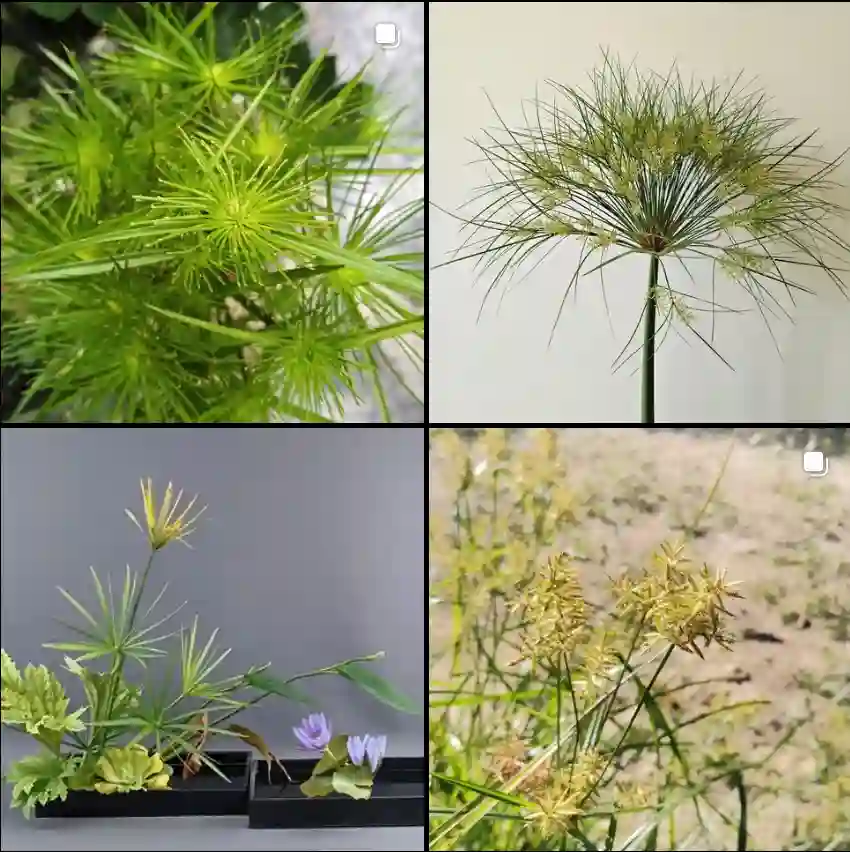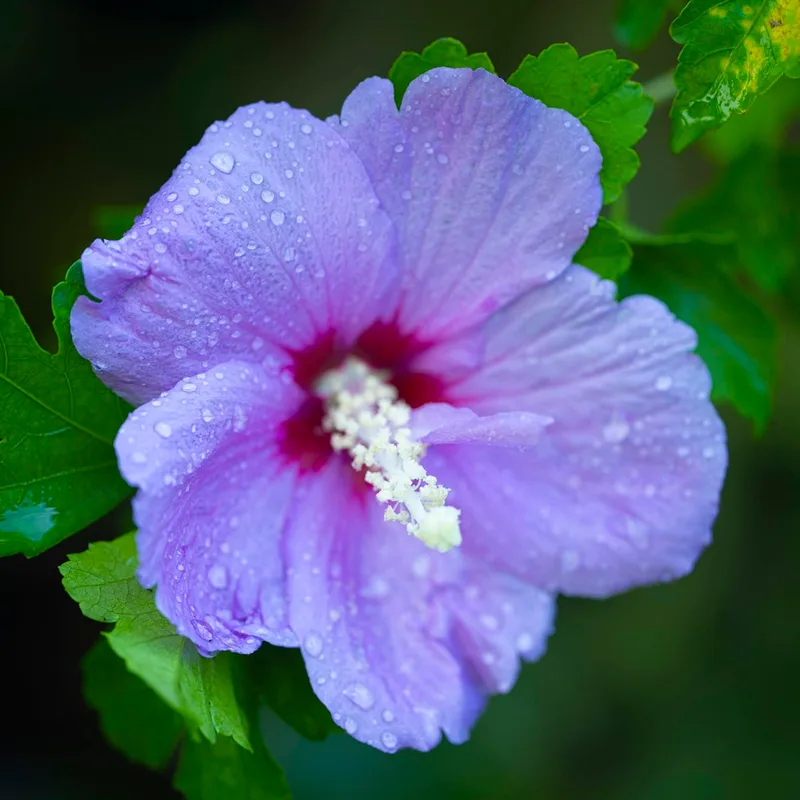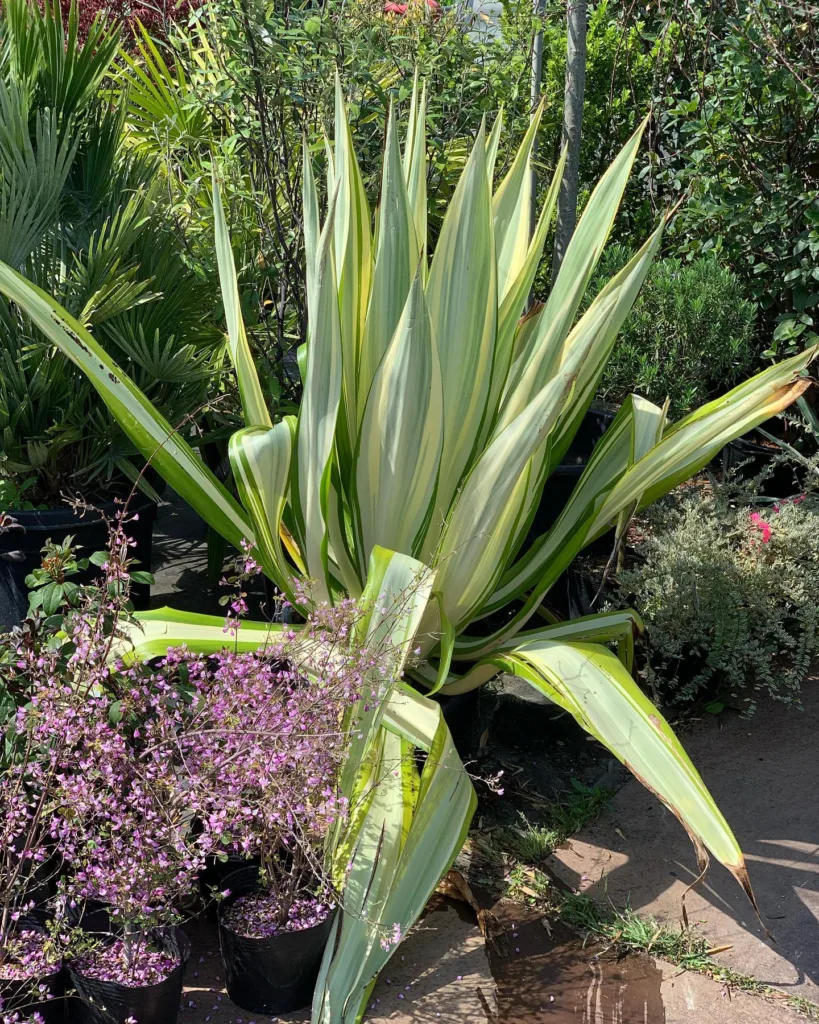Anthurium Kunayalense: A Rare Gem for Plant Enthusiasts
I’m Ferb Vu, and for those who appreciate unique and captivating foliage, the Anthurium Kunayalense is a plant that deserves a place in your collection. This isn’t your average, heart-shaped Anthurium. This Panamanian native boasts a textural symphony unlike any other. Let’s delve into the world of Anthurium Kunayalense and answer some burning questions.
1327 Species in Genus Anthurium
What is Anthurium Kunayalense?
Imagine an Anthurium with velvety, deep green leaves that appear pebbled, like a miniature, textured landscape. That’s the magic of Anthurium Kunayalense. This terrestrial aroid (a fancy term for plants in the Araceae family) is a compact wonder, rarely exceeding 80cm in height. Its name whispers of its origins – Kuna Yala, a Panamanian region teeming with biodiversity.
Is Anthurium Kunayalense Rare?
Absolutely. Compared to its more common Anthurium cousins, Kunayalense is a true rarity. Its natural habitat – the understory of premontane wet forests – makes it a shy gem, and its transition to cultivation is still in its early stages. Finding one at your local nursery might be a challenge, but for the dedicated plant hunter, the reward is well worth the effort.
How Does it Differ from Other Anthuriums?
The most striking difference lies in the leaves. Unlike the smooth, glossy foliage of varieties like Anthurium crystallinum, Kunayalense boasts a textural feast. The pebbled surface, with its subtle indentations, adds a unique dimension to the deep green color. Additionally, the petioles (leaf stalks) are intricately ribbed, further enhancing the plant’s architectural appeal. While some Anthuriums boast brightly colored flowers, Kunayalense keeps things understated, focusing its beauty on the captivating foliage.
Is Anthurium Kunayalense Difficult to Care For?
While not the easiest Anthurium, Kunayalense isn’t impossible. It thrives in warm, humid environments, mimicking its tropical origins. Think bright, indirect light – harsh rays can scorch the leaves. Mimic the moist forest floor with well-draining soil that stays consistently damp but not soggy. Regular misting can help maintain humidity, especially in drier climates. Keep an eye on temperature fluctuations; Kunayalense prefers stability in the range of 65-80°F (18-27°C).
How Do I Repot My Anthurium Kunayalense?
Repotting should only be done when necessary, typically when the roots outgrow the current pot. Choose a pot with drainage holes slightly larger than the root ball. Use a well-aerated potting mix specifically formulated for aroids. Gently loosen the roots from the old pot and repot in the fresh mix, ensuring the crown sits slightly above the soil level. Water thoroughly after repotting and resume your regular care routine.
What are Some Common Problems with Anthurium Kunayalense?
Overwatering is the main culprit. Remember, these plants like moist soil, not soggy feet. Drooping leaves often indicate an underwatering issue. Brown spots on the leaves can be caused by excessive sunlight or low humidity. Address these issues promptly for a happy and healthy plant.
Can Anthurium Kunayalense Be Propagated?
Propagation is possible through division, although this should only be attempted on mature plants. Carefully separate the new growth from the mother plant, ensuring each division has healthy roots and leaves. Repot each division in appropriately sized pots and continue with regular care.
Where Can I Find Anthurium Kunayalense?
Due to its rarity, Kunayalense might not be readily available at your local garden center. However, online plant retailers specializing in aroids might have occasional offerings. Patience and perseverance are key when searching for this unique gem.
The Final Word
Anthurium Kunayalense is a true conversation starter. Its captivating texture and understated elegance make it a standout in any collection. With proper care and a touch of patience, you can cultivate this rare beauty and bring a touch of the Panamanian rainforest into your home.
If i die, water my plants!



